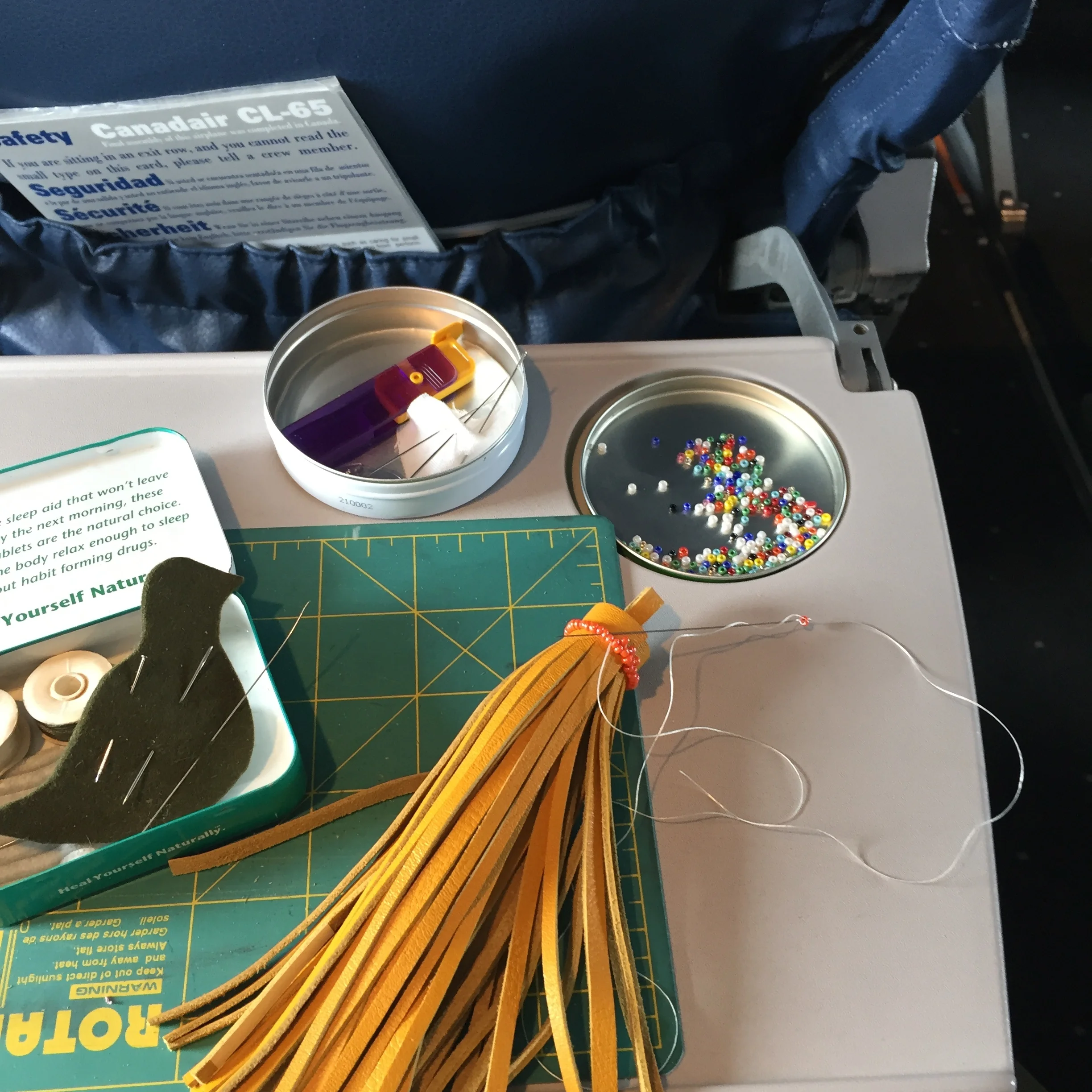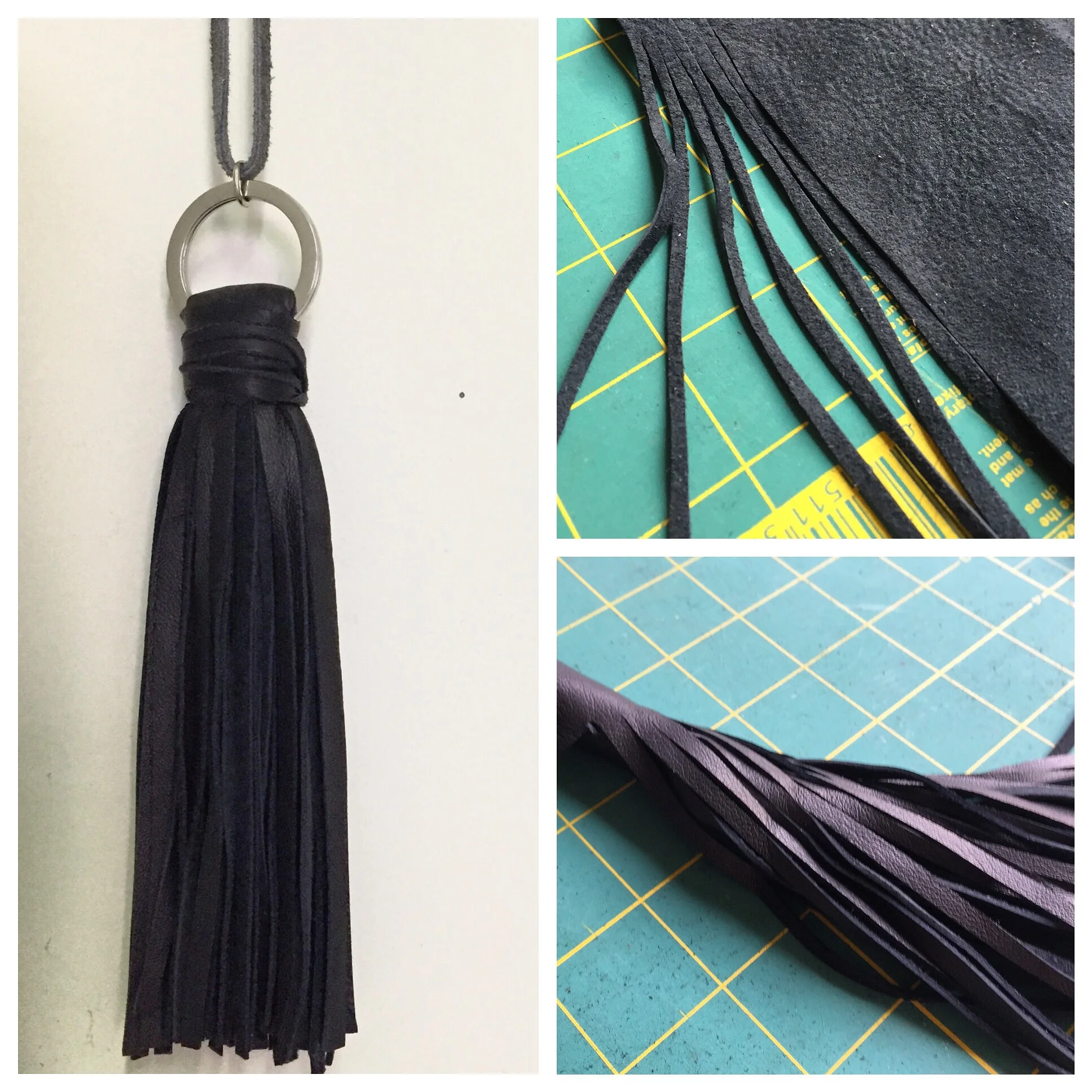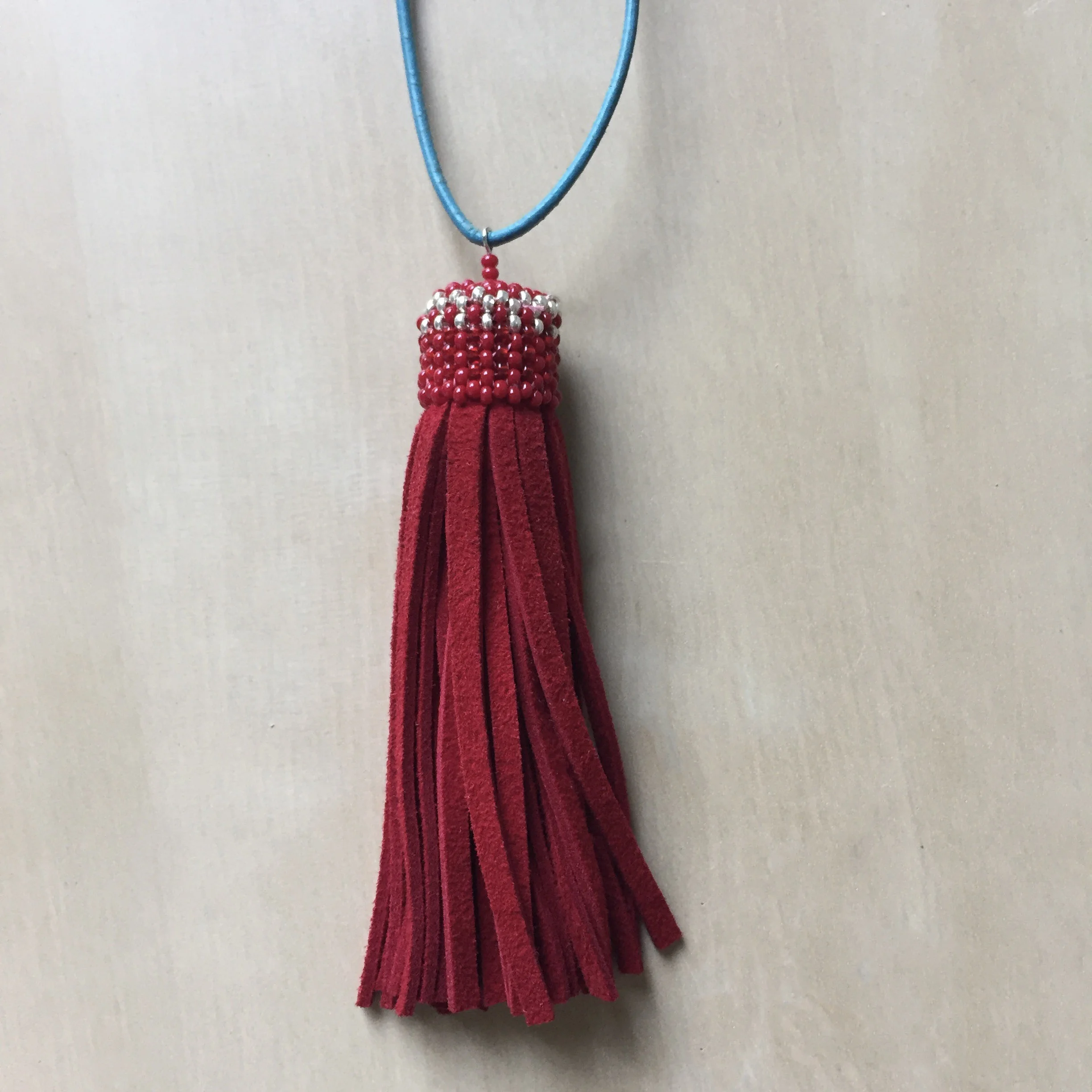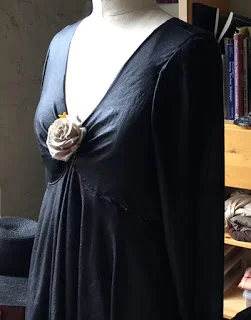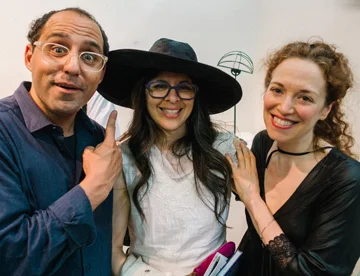When I read David Antin’s obituary in The New York Times in October, 2016 I thought to share with you my memory of meeting him many years ago
I moved to New York City in the summer of 1995 after finding a tiny sublet in SoHo I could afford. One hot evening I was sitting on the floor working at my desk (a board elevated by cinder blocks on either end). I was using a computer program to balance my checkbook when I swiftly and inadvertently deleted two years of financial records. All the data I’d painstakingly entered each month was gone. There was no effective “undo” option to correct the error. As I frantically attempted to retrieve the files to no avail, the small apartment suddenly seemed smaller.
I decided to go outside for air. There was a second-hand bookstore on Mercer Street, around the corner from the Angelica Theatre. I headed there hoping to find a computer manual that would guide me through steps to retrieve the files. It was late, but the bookstore was still open. I entered the shop full, full, full of books, stacked on tables, on shelves almost floor to ceiling high, and in carts and boxes. I headed to the cart that held computer guides and looked through the titles. There was nothing relevant.
As I made my way to the exit I stopped before a bookshelf near the door. Though still alarmed about the files being deleted, I’m ever alert to books like a pigeon to breadcrumbs. The fiction stacks, my customary haunt, were in the rear of the shop. Here in the front was a Judaica section. Resting horizontally on top of wider bindings was a pocket-size book, hardly larger than a postcard folio. I lifted it from its perch. Its cover was moss green, made of a heavy, uncoated, cottony paper stock. A quiet book. It fit my hand. Tales of Angels, Spirits & Demons by Martin Buber. I like Buber’s writings and opened the book. As I began reading it was like entering a verdant forest. I stayed no longer in the bookstore. I bought the book without hesitation and headed outside with lingering panic about the technological failure on my mind, the book of Buber stories in hand.
My next stop was the Kinko’s on Astor Place to buy a backup CD before returning to the apartment to try to recover the deleted files. Along streetlamp illuminated sidewalks as a way of keeping other thoughts at bay, I read the book as I walked from Mercer Street to Great Jones then up Lafayette. I found myself reading aloud. The language was beautiful. I savored it, transported out of the momentary into the unending--Art.
At Kinko’s I found the counter where I could purchase a CD. (In those days one waited in line; it was pre-self-service.) The customer in front of me was agitated, loud and impatient. He’d experienced some sort of computer frustration too. When it was my turn I obtained a CD then went to stand in line to pay the cashier. The very vocal customer had effectively ‘broken the ice,’ so while waiting to pay I chatted with the person standing behind me. He was holding a stack of photocopies. Picking up the thread of the frustrated customer’s lament, I spoke about our growing dependence upon computers. I mentioned deleting all the files of financial records and the ensuing panic. The man in line sympathized. Then I told him about my dash to the bookstore for a computer manual where instead I’d found a book that changed my perspective and mood with its enchanting language that caused me to read it aloud as I walked from the bookstore.
“What is it?” he inquired.
I held it up.
“I wrote that!” he said.
I paused unsure how to respond. The book was written by Martin Buber, after all. (Buber was both distinctive in appearance and long deceased.)
“I’m David Antin,” he clarified, “I’m the translator.”
I opened the cover. On the title page I read, “Tales of Angels, Spirits & Demons by Martin Buber, Translated by David Antin.”
“I haven’t seen a copy of that book in years,” he said in wonder. He asked whether I would like him to sign it.


